India’s celebrations: Festivals of Harmony or Flashpoints of Hatred?
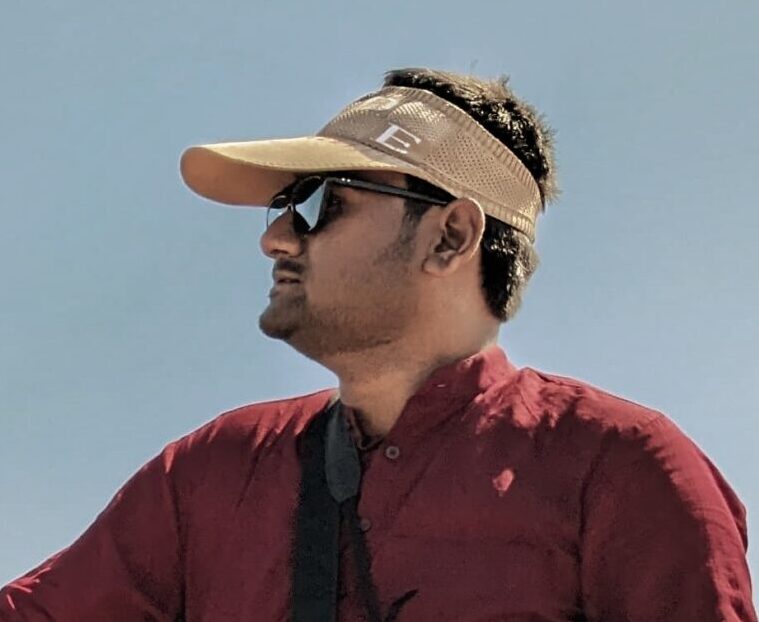
Chirag is a development professional with over six years of experience in government and political consultancy & grassroots development. At PRADAN and in his current role at the International Innovation Corps, he has worked on community empowerment initiatives and sustainable development programs, focusing on institution strengthening and financial intermediation for marginalized communities across India.
Having collaborated with political parties, government bodies, and civil society organizations, he brings a unique perspective on the intersection of governance, policy, and social impact. He is passionate about leveraging policy and politics as tools for creating equitable social change and building collaborative partnerships across diverse sectors.
In the scorching heat of late May, the streets of Lucknow buzz with activity as I somehow move through crowds gathering around food stalls spaced every 200 meters. It’s the time for Bada Mangal Tuesday in Lucknow! The scents of puris, halwa, and bundi fill the air, drifting from countless stalls. A muslim vendor, adjusting his white cap, serves kheer to lines of devotees passing by. “Hanuman ji ke liye koi Hindu-Muslim nahi,” he tells me with a smile that needs no translation. This lively scene, repeated all over Lucknow during the five Jyeshtha Tuesdays, reflects India’s potential. A heartfelt display of the Ganga-Jamuni tehzeeb that has been part of Lucknow’s essence for ages.
But let’s not romanticize it. While I watch this peaceful coexistence in Lucknow, a city where I’ve been lucky enough to spend a year, I can’t overlook the harsh truth unfolding elsewhere. The Centre for Study of Society and Secularism (CSSS 2025) shared that India saw an 84% rise in communal riots in 2024. There were 59 incidents that year, compared to 32 in 2023. What we should be concerned about is that out of those 59 riots, 26 were sparked by religious processions or festival celebrations held in public spaces.
The lingering colonial shadow
This is not a new story.
In 1910, in an undivided India, Holi coincided with Barawafat, the Muslim day of mourning, in Peshawar. Result? A massacre (National Commission for Minorities 2011). Sure, we can point fingers at the British for playing their divide-and-rule game, but here we are, 115 years later, repeating the same cycle with new players in charge.
During the Congress rule in 1969, Gujarat burned during the festival season. Official reports said 660 died, though some claim it was closer to 2000 (Varshney & Wilkinson, 2006). Fast forward to 1989 in Bhagalpur when Muharram and Bisheri Puja overlapped, and 1,070 never made it home (Varshney & Wilkinson, 2006). Now in 2024, 49 out of 59 riots take place in BJP-ruled states (CSSS 2025). Politicians and parties may change, but violence remains a constant.
Every story has two sides, but the truth is, everyone’s got their struggles, and most of them are real. During Ram Navami processions, there are people who march while carrying weapons and yelling things that would make anyone embarrassed to even repeat. But let’s not kid ourselves—Muharram processions in Hindu neighborhoods don’t always stay calm like some might claim. Christians seem to have it even worse since their troubles don’t grab enough attention in the media. The United Christian Forum (2025) reported 834 attacks in 2024. This means over two Christians face violent attacks every day just because they choose to worship their god.
Even Kolkata, which we often see as a symbol of unity between communities, faces challenges. Muslim boys set up Durga Puja celebrations on Alimuddin Street. That is overshadowed by the events in Garden Reach, where other Muslims burst into a pandal, warning they’d break murtis if bhajans continued during Friday prayers. Life sure gets messy. The stories we tell, though, stay quite simple.
The political machinery behind violence
Here’s how it looks. The riots in 2024? They happened right around the general elections in April and May, along with state elections in Maharashtra, Haryana, and Jharkhand (CSSS, 2025). Every political party knows how it works: split communities and win votes. It’s straightforward. While the top leadership speaks one language, the on-the-ground reality is far different. What should people even believe? It’s like that one relative who lectures everyone on healthy eating while sneaking fried snacks. All these parties need peace to run things, but to grab power, they count on chaos. What do common people end up with? It’s these calculated clashes. Short riots that last a few hours, claim a few lives, but keep the tension simmering just enough till the next election.
This is happening on all sides. When Muslims attacked Hindus in the 2017 Baduria riots over a Facebook post, the TMC-led police arrested Hindu victims instead of the attackers (The Caravan 2021). The Calcutta High Court slammed the TMC government three times for “favoring minority groups at the expense of the majority” (Daily O, 2017). During the 2016 Dhulagarh violence, even homes belonging to TMC’s Hindu leaders were burned by Muslim mobs, yet the arrests still targeted Hindus (Hindu Post, 2016). The methods may shift, but the underlying pattern stays the same. In BJP-led states, bulldozers seem to take the lead. Muslim homes and businesses get razed before you can even say “collective punishment” (Human Rights Watch, 2023).
Let’s look at the role of police in such cases. In 1969, journalist Ajit Bhattacharjea exposed how cops stood idle for three days during the Gujarat riots. It wasn’t laziness but intentional policy (as cited in Jaffrelot 1998). Fast forward to 2024, riot survivors complain that police were “too busy” (CSSS, 2025). Busy with what? Scrolling through their phones, maybe. Governments and parties change, but their tactics don’t.
The economics of harmony and hatred
To understand why some places face communal violence while others don’t, we need to focus on money and the economy. In Mumbai, take muslim craftsmen making Ganesh idols. Their families rely on Hindu festivals to earn and eat. Look at Lucknow during Bada Mangal. Muslim vendors make a month’s income in just five Tuesdays. People don’t destroy the hand that feeds them. Now, consider a small divided town. Hindus and Muslims may have no financial ties and live worlds apart. That’s where festivals turn into battlegrounds for settling grudges. In cities, messy but interconnected markets tie people together economically. They see fewer riots compared to isolated, divided rural or small urban zones.
Bada Mangal has lasted 400 years because it began with Muslim royalty honoring a Hindu god. That kind of history can’t be made up. It’s the same with Ajmer Sharif where for hundreds of years, thousands of Hindus have paid respect to a Sufi saint. Here’s the difference. When your neighbor organizes a Ganesh puja, it remains a local celebration. But when political groups bus people in to show muscle, it turns into chaos (Jaffrelot, 1998). Community tradition and political motives aren’t the same.
A civilizational crisis and key questions
This isn’t just about enforcing law and order. Our society is tearing itself apart. 65% of both Hindus and Muslims agree that communal violence is a “very big problem” (Pew Research Center, 2021). If so many people recognize this, we should know how serious the issue is. Yet, despite hating it, we remain trapped in this cycle. Between 2014-21, according to NCRB, a total of 5,795 communal riot incidents took place with 8,405 victims. Each so-called small riot weakens our shared bond. We are being destroyed piece by piece, and we are the ones causing it.
If riots always increase during elections, why do we allow politicians to turn our festivals into campaign stages? If the police choose to overlook violence, who chose that a few dead Indians are a fair trade for more votes? If all communities face attacks on their sacred days why do we keep playing this awful game where nobody wins? But the question I can’t stop asking is this: When did we agree that it’s okay to turn our celebrations into battlefields?
Beyond romantic narratives
Yes, Muslims distribute prasad during Bada Mangal. Hindus visit Ajmer Sharif in huge numbers. In some areas, people still come together to celebrate every festival as one. That’s nice for them. But let’s be honest, these feel-good tales are turning into rare exceptions rather than the norm. Data from CSSS (2025) tells the story, riots have risen by 84 percent, and almost half of them occur during festivals. This isn’t just a pattern; it’s heartbreaking. The next time someone gets nostalgic about India’s shared cultural heritage, show them these numbers. Then ask what they did when their neighborhood festival turned into chaos. The hard truth is this: when our celebrations turn into battles, the loss is more than human lives. We’re watching the very idea of India fall apart. And no payout can ever rebuild that spirit, unlike physical harm inflicted by riots.
References
- Centre for Study of Society and Secularism. (2025, January). Hegemony and demolitions: The tale of communal riots in India in 2024. https://csss-isla.com/secular-perspective/hegemony-and-demolitions-the-tale-of-communal-riots-in-india-in-2024/
- Daily O. (2017, July 14). Basirhat riots: Mamata Banerjee can end up helping BJP in Bengal. https://www.dailyo.in/politics/mamata-banerjee-west-bengal-tmc-bjp-basirhat-18344
- Hindu Post. (2016, December 19). Muslim mob loots and burns Hindu TMC leader’s house, despite Mamata’s Muslim appeasement. https://hindupost.in/news/muslim-mob-loots-burns-hindu-tmc-leaders-house-despite-mamtas-muslim-appeasement/
- Human Rights Watch. (2023, April 5). India’s Hindu festivals bring increasing anti-Muslim violence. https://www.hrw.org/news/2023/04/05/indias-hindu-festivals-bring-increasing-anti-muslim-violence
- Jaffrelot, C. (1998). The politics of processions and Hindu-Muslim riots. In A. Basu & A. Kohli (Eds.), Community conflicts and the state in India (pp. 58-92). Oxford University Press.
- National Commission for Minorities. (2011). Report on historical communal riots in India. Government of India.
- Pew Research Center. (2021, June 29). Religious freedom, discrimination and communal relations in India. https://www.pewresearch.org/religion/2021/06/29/religious-freedom-discrimination-and-communal-relations/
- Rashtriya Swayamsevak Sangh. (1926). Founding documents and historical records. RSS Archives.
- The Caravan. (2021, April 16). How the ghost of the Baduria-Basirhat communal riots is polarising polls in West Bengal. https://caravanmagazine.in/politics/baduria-basirhat-communal-riots-bengal-elections
- United Christian Forum. (2025). Annual report on attacks against Christians in India 2024. UCF India.
- Varshney, A., & Wilkinson, S. (2006). Varshney-Wilkinson dataset on Hindu-Muslim violence in India, 1950-1995, Version 2. Inter-university Consortium for Political and Social Research.
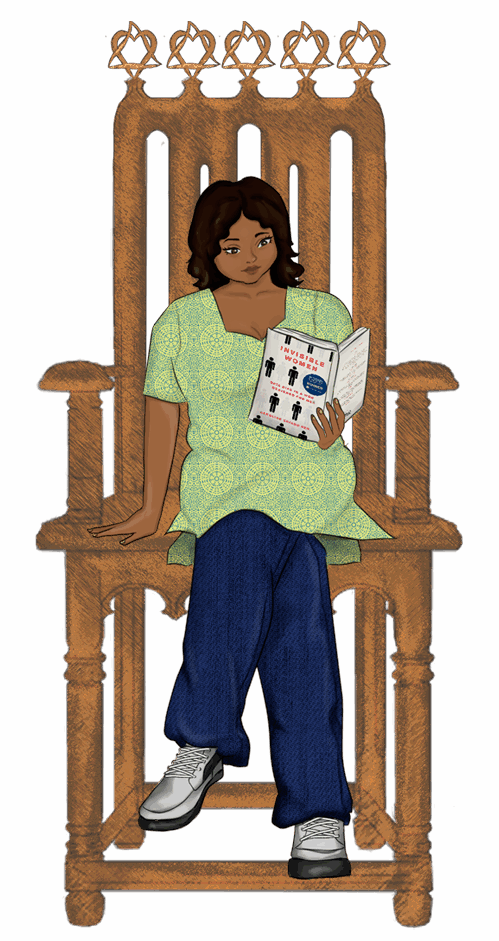
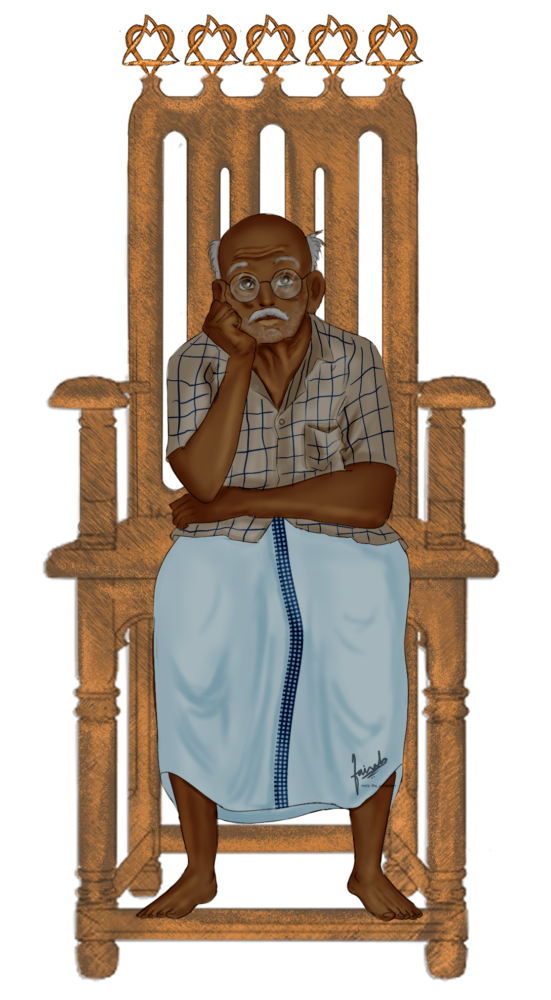
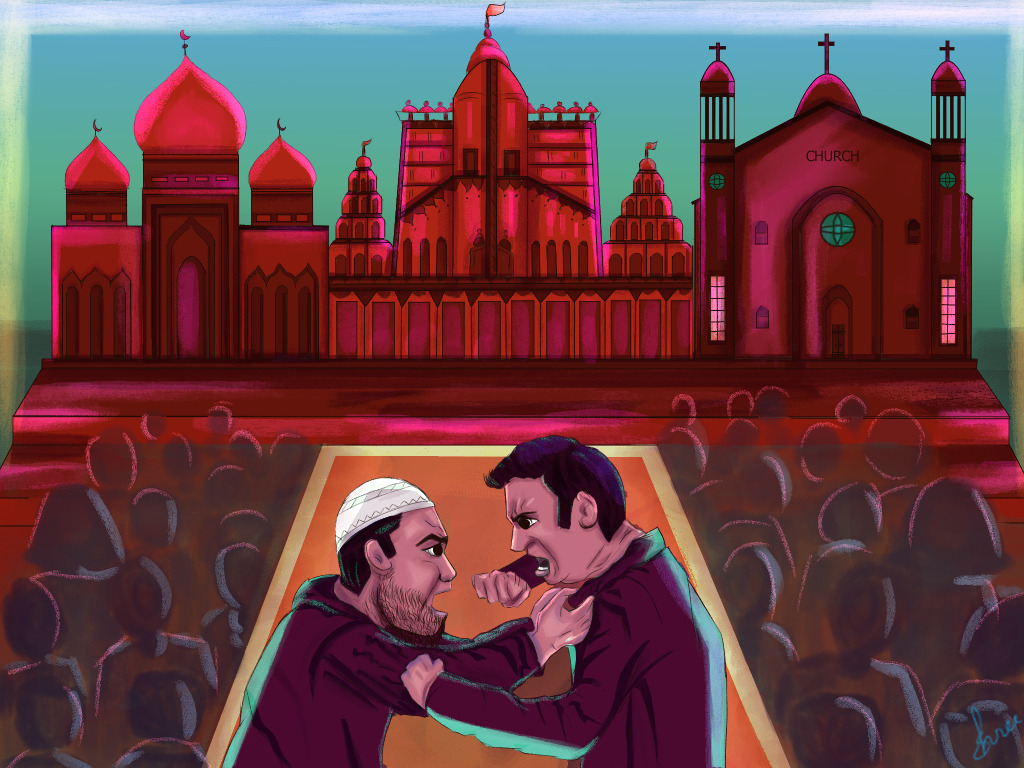
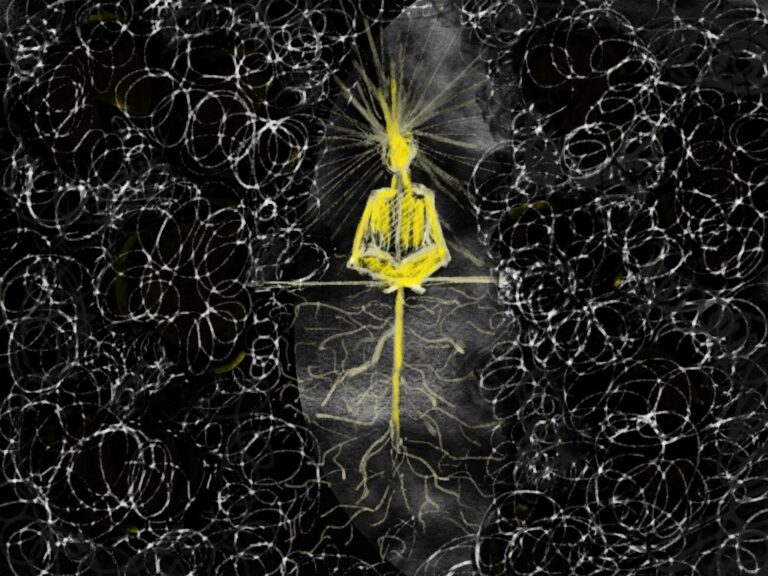
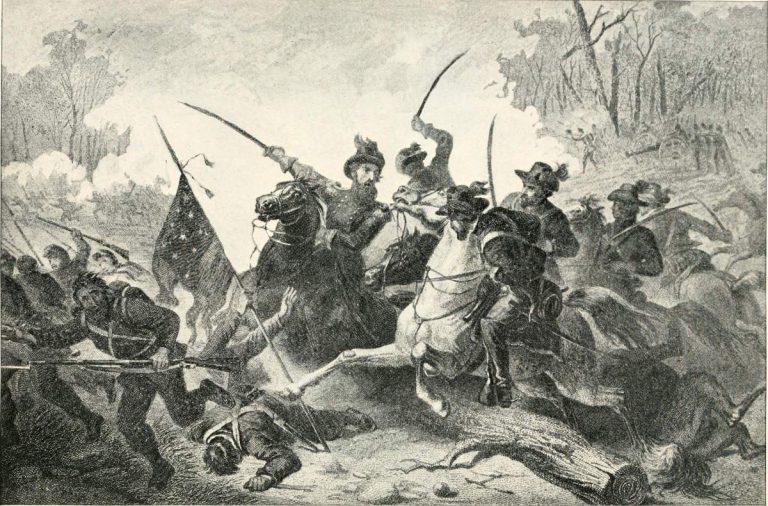
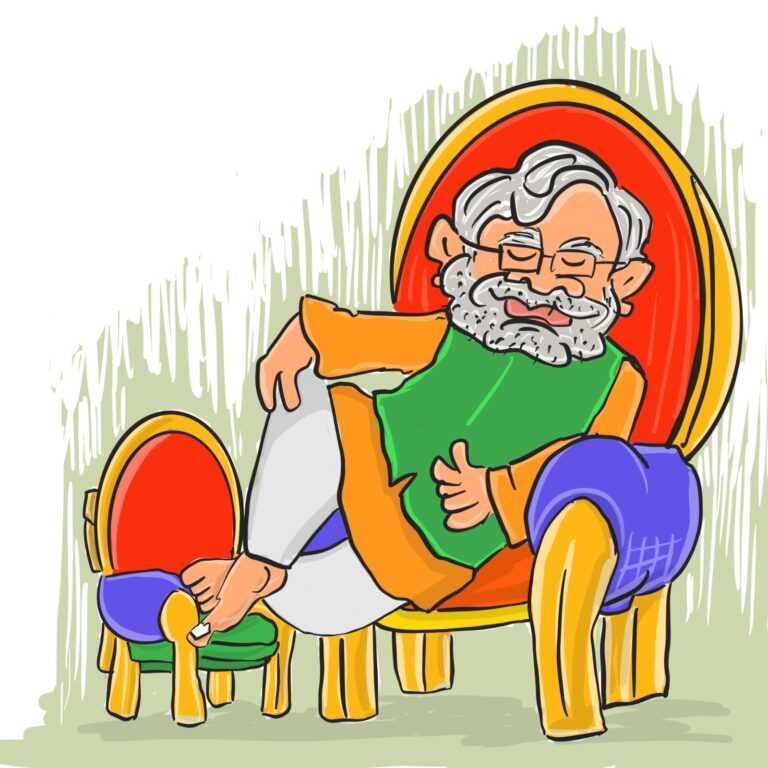

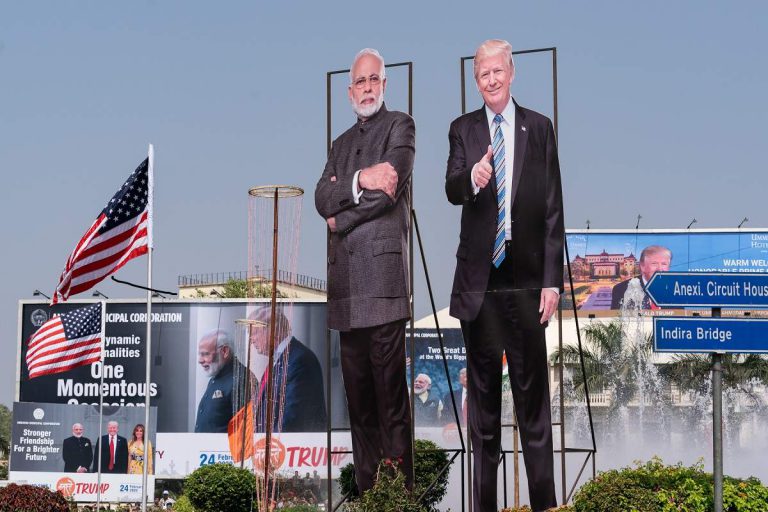
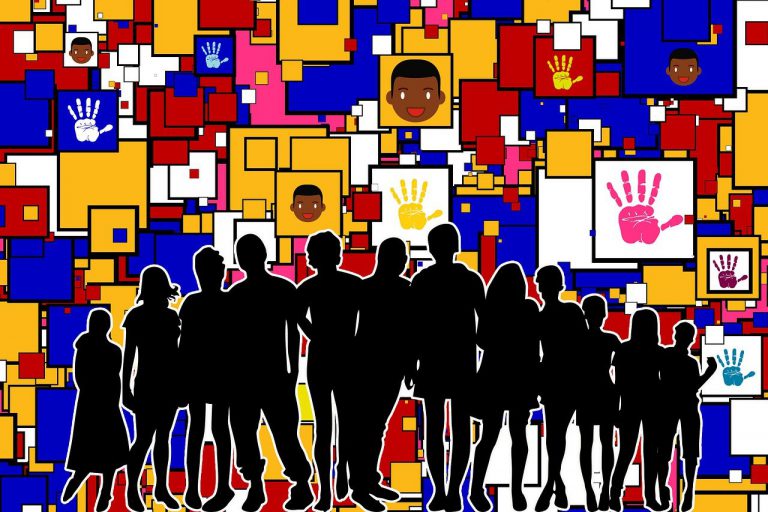
The article “India’s celebrations: Festivals of Harmony or Flashpoints of Hatred?” shows how unity can fade when celebrations lose their true meaning it’s a reminder to keep the spirit of togetherness alive. https://sverige-meny.se/subway-meny-pris/